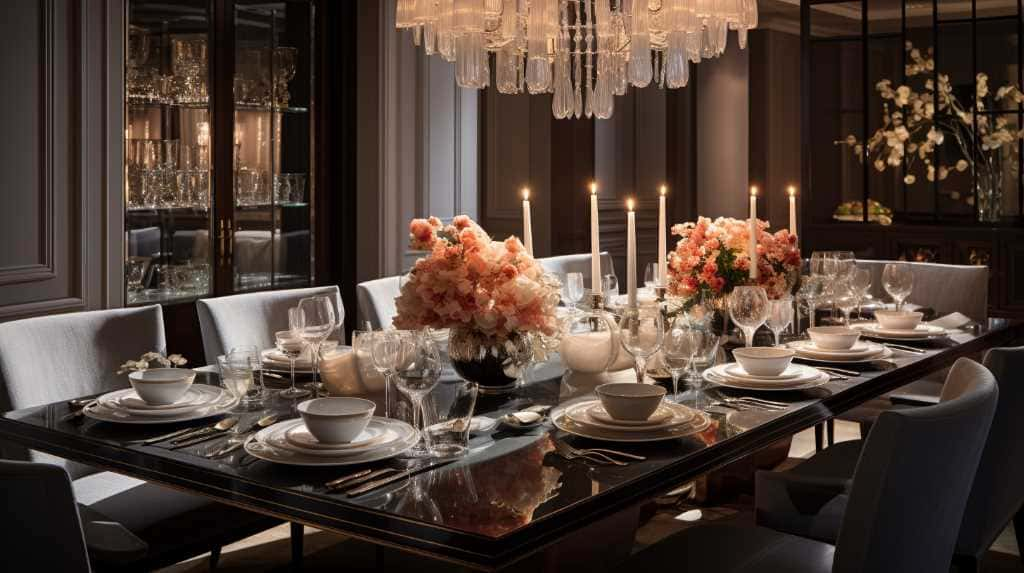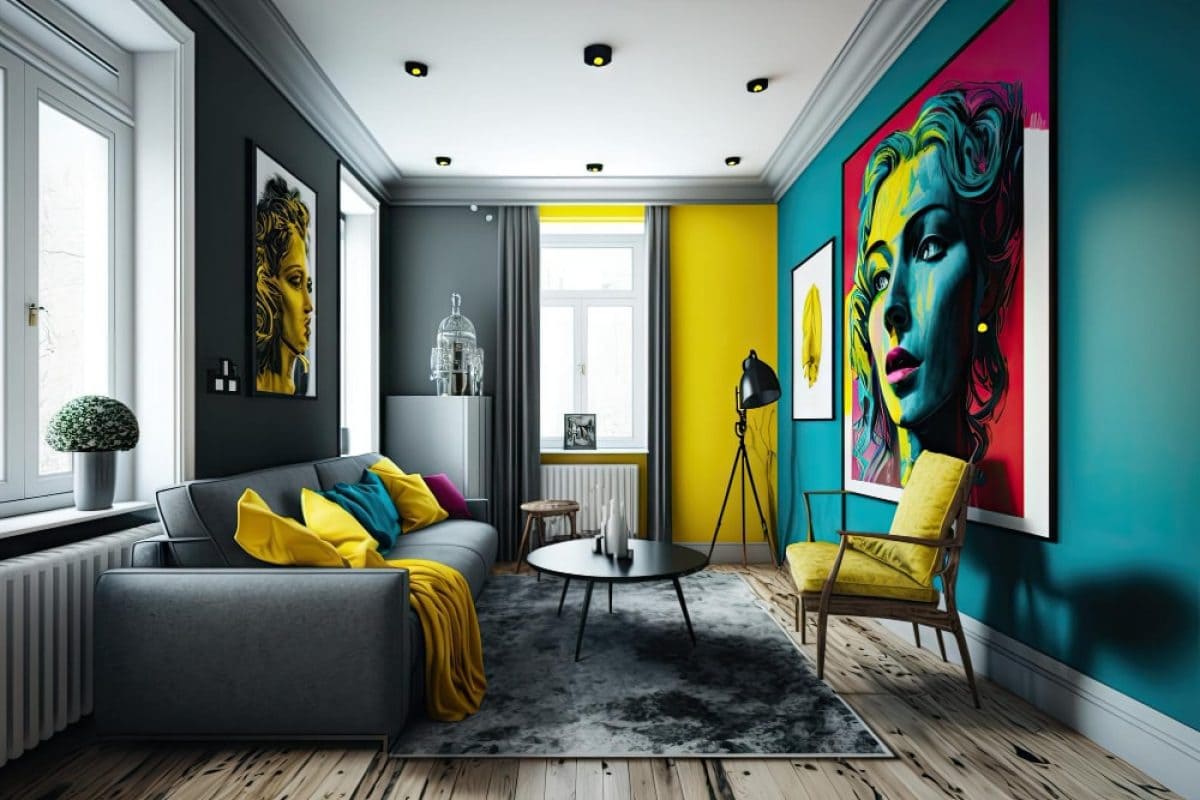Introduction:
Creating the perfect dining room involves more than just selecting the right furniture and decor; it requires a thoughtful consideration of dimensions to ensure comfort, functionality, and an inviting atmosphere. In this comprehensive guide, we will delve into the key aspects of dining room dimensions, exploring the optimal size for various elements, and providing practical tips for designing a space that seamlessly combines form and function.
Table Dimensions: The Heart of the Dining Room
The dining table serves as the focal point of any dining room, dictating the overall layout and feel of the space. When determining the ideal table dimensions, factors such as room size, seating capacity, and intended use must be taken into account. Standard rectangular tables typically range from 36 to 42 inches in width and 72 to 96 inches in length, but variations exist to accommodate diverse preferences.
Seating Arrangements: Finding the Perfect Balance
Choosing the right dining chairs is crucial for ensuring comfort during meals and fostering an engaging atmosphere. The space around each chair is equally important, with a recommended minimum of 24 inches between chairs to allow for comfortable movement. Consideration should also be given to the chair height in relation to the table, promoting an ergonomic and visually appealing dining experience.
Room Size: Tailoring Dimensions to Space
The size of your dining room plays a significant role in determining the overall layout and arrangement of furniture. For smaller spaces, consider space-saving alternatives such as round tables or extendable tables that can be adjusted based on the number of guests. In larger dining rooms, explore the possibilities of incorporating additional furniture, such as buffets or sideboards, to enhance functionality and aesthetics.
Lighting: Setting the Ambiance with the Right Fixtures
Adequate lighting is essential for creating a welcoming dining environment. Pendant lights or chandeliers are popular choices, but their dimensions should be proportional to the table below. A general guideline is to hang the fixture approximately 30 inches above the tabletop for an optimal balance between functionality and visual appeal.
Spatial Considerations: Navigating Room Layouts
Efficient traffic flow within the dining room is crucial for a seamless dining experience. Avoid overcrowding the space with oversized furniture, and ensure there is ample room for guests to move around comfortably. If the dining room is part of an open-concept layout, maintain a harmonious flow with adjacent spaces while preserving the distinct identity of the dining area.
Aesthetics and Style: Harmonizing Dimensions with Design
The dimensions of your dining room should align with the overall design aesthetic you wish to achieve. Whether it’s a formal, traditional setting or a modern, minimalist approach, careful consideration of dimensions ensures that furniture and decor elements complement each other cohesively.
Flexibility: Adapting to Changing Needs
Recognizing that dining rooms serve various purposes, it’s essential to design a space that can adapt to different scenarios. Consider versatile furniture options, such as extendable tables or stackable chairs, to accommodate varying guest counts and activities.
Conclusion:
In crafting the perfect dining room, dimensions serve as the foundation for a harmonious and functional space. By carefully considering the size of key elements, such as the dining table, seating, and lighting fixtures, you can create an inviting environment that seamlessly combines aesthetics with practicality. Whether working with a compact space or a sprawling dining area, the art of balancing dimensions ensures that your dining room becomes a place where family and friends gather to share memorable meals and experiences.





